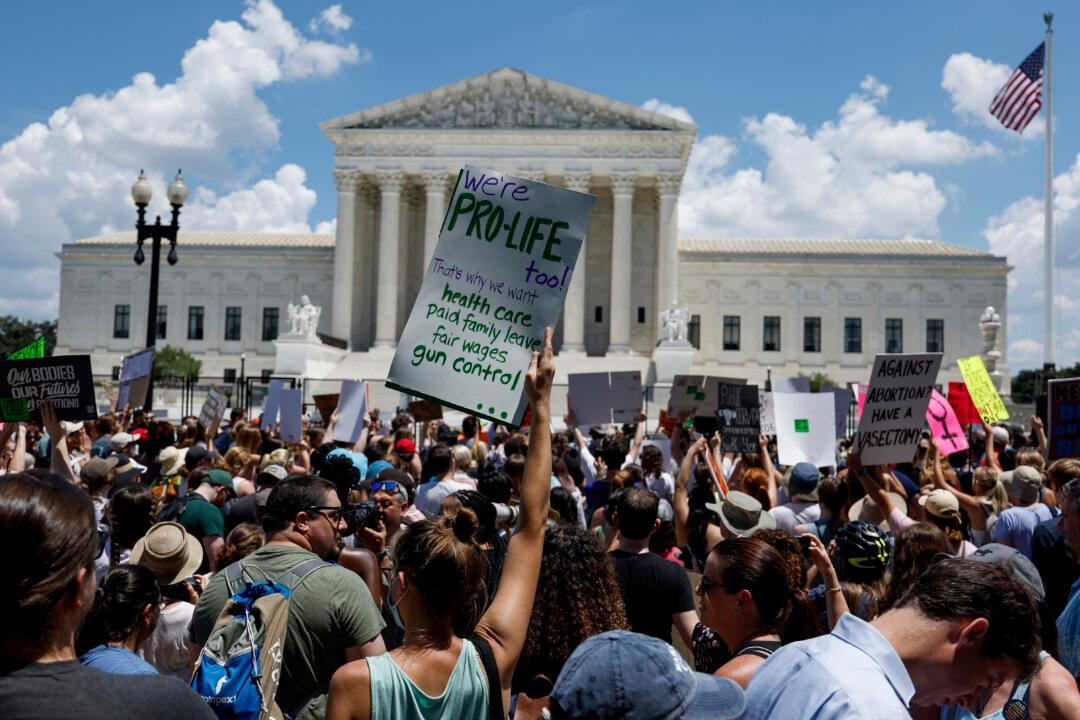Continuing the trend of removing Confederate monuments Congressman Bobby Rush (D-Ill.) introduced a bill Wednesday that would create a National Park Service program to expedite the removal of all Confederate monuments across the United States.
Rejecting and Eliminating the Foul Use of Symbols Exulting (REFUSE) Confederate Principles Act will establish a grant program which would take down Confederate symbols and sometimes, replace them with new structures, including commemorations that honor the emancipation of enslaved black people.
The report lists 777 monuments, 644 road names, 105 school names, 79 county names, and 50 buildings with a few miscellaneous items leftover in the other category.
Amid the riots prompted by the killing of an unarmed black man named George Floyd in May, a number of states began removing Confederate monuments from public places and some were vandalized and toppled by angry protestors.
The protests over racial justice led the House of Representatives to pass a bill last month that mandates the removal of Confederate statues from the Capitol buildings.
Many of the statues slated for removal by the House bill are part of the National Statuary Hall Collection, to which each state provides two statues and retains the authority to decide whether to keep them there.
In addition, Sen. Elizabeth Warren (D-Mass.) introduced an amendment to the National Defense Authorization Act (NDAA) this year in June to rename all bases and other military assets honoring the Confederacy.
The Senate Armed Services Committee approved Warren’s amendment to be included in the NDAA. As part of the debate on the Military funding bill, Warren gave a speech on the Senate floor, detailing the reason for her proposal.
Warren argued that the Confederate symbols represent a history of white supremacy.
Meanwhile, Rush’s bill establishes a grant program entitled the Emancipation Historic Preservation Program for removing and replacing Confederate symbols and authorizing funding to pay for monuments that depict the freedom of enslaved black people, as well as to store the Confederate stock for educational purposes.





